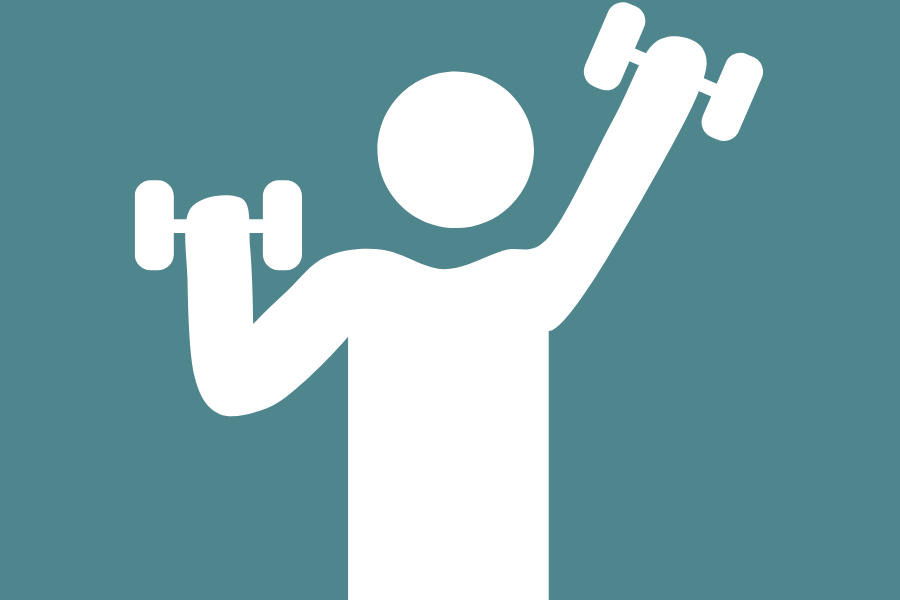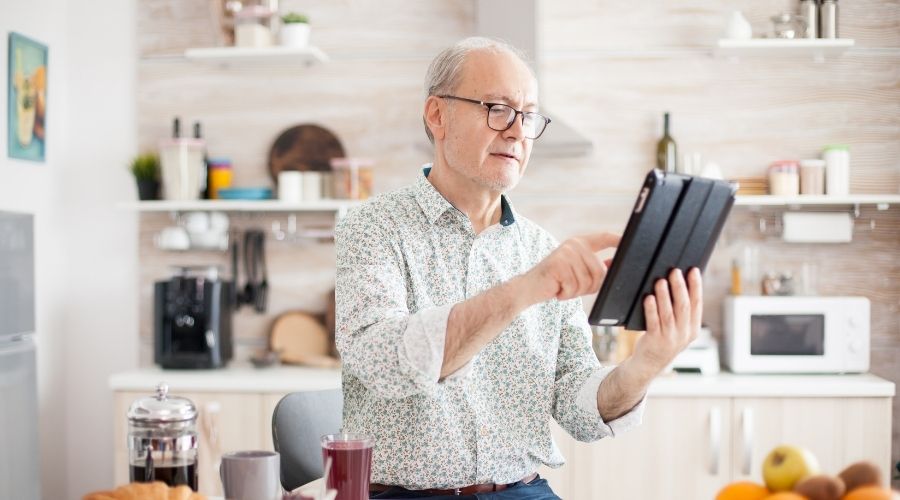Staying active in later life

Regular physical activity and exercise help your brain, and body to stay healthy.
There are several benefits to exercise which include:
- Reduces the risk of falls
- Can lower your risk of developing many health conditions, or also help to manage the conditions like coronary heart disease, Type 2 diabetes, cancer, obesity, arthritis, depression, stroke, and dementia
- Can give you a confidence boost
- Improved mood - exercise releases endorphins – the happy hormone
- Helps you relieve stress
- Can reduce aches and pains
- Gives you a sense of achieving something
- It can make everyday tasks feel easier – like going up and down the stairs and running after any grandchildren!
- Gives you a boost of energy.
Where do I start?
You should always speak with your GP about what sort of exercise you can do and what you should avoid.
- Start small and build exercise into your routine –some examples of this are walking up and down the stairs more and stretching whilst you’re waiting for the kettle to boil or whilst you brush your teeth.
- Team up with a buddy - is there anyone who could join you at an exercise class? Or can you both work on a similar goal and encourage one another? This can help with feeling motivated.
- Go to a gym class - plenty of gyms and leisure centres offer exercise classes specially designed for older people and discounted memberships. Your local council should have information about exercise groups in your area.
- If you can’t get out, exercise online - check out MHA Active exercise videos to try things like yoga, Thai Chi, and seated exercises. Joe Wick’s also has a Senior Workouts playlist.
- Find an activity that you enjoy and can afford - you don’t have to buy expensive equipment or join a gym - walking is one of the best ways to improve your fitness. Visit Walking for Health for tips.
- Set realistic goals based on your current health - only do what feels right, don’t put too much pressure on yourself, and it's most important that you enjoy it.
- The NHS exercise guides for older people will help you find a routine that works for you. There is also their Better Health support which includes thinks like Couch to 5k and Active 10.
Types of exercises to try
- Yoga/Pilates
- Cycling
- Thai Chi
- Chair-based exercises
- Water-based exercises like Aqua-aerobic
- Walking
- Gardening
- Crown green bowls.
How much exercise should I do?
Aim to do something every day. Ideally, you should do 150 minutes of exercise every week (moderate activity). Remember, any movement is better than nothing and you’ll need to gradually build up your strength and stamina.
The NHS activity guidelines give you advice on what is light, moderate, and vigorous exercise
What if I have a health condition or mobility problems?
Where possible, it’s still important to stay active as long periods of sitting could make your condition worse.
You can adapt exercises to complement your lifestyle. Why not try chair aerobics, lifting weights from a seated position, and stretching?
If you’re able to get to a swimming pool, water-based classes like water aerobics, are effective as they reduce the weight on your body’s joints. Check with your local pool for their accessibility before you go.
If you’re living with a long-term condition, there are some organisations that could give specialist fitness advice including:
Listen to your body
You must stop exercising immediately if you experience any of the following:
- Chest pains or any sharp pain/discomfort
- Dizziness
- Feeling faint
- Shortness of breath - it’s normal to be slightly out of breath but if this worsens, stop
- Nausea.
Page last updated: July 2023.
MHA in your community
Find the care home, retirement community, or support group that’s right for you

